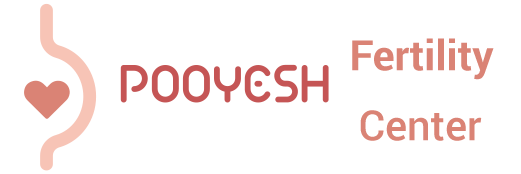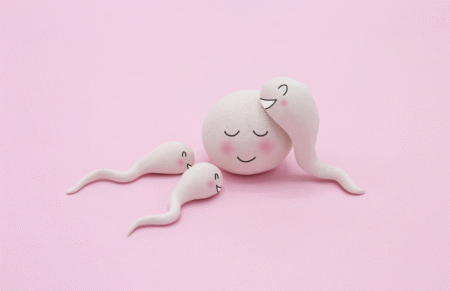Oocyte Activation (AOA)
Oocyte Activation (AOA)
Artificial Oocyte Activation (AOA) is a laboratory technique used to improve fertilization rates in patients who have experienced failed fertilization in previous IVF or ICSI cycles.
This method uses a substance called calcium ionophore, which can artificially trigger oocyte activation and thereby increase the chances of fertilization. However, the scientific evidence is not yet conclusive, and more research is needed to determine how effective this technique is and which patients may benefit the most.
Why AOA May Be Needed?
Research has shown that around 80% of fertilization failures occur because the oocyte is not properly activated by the sperm.
- Normally, a protein called Phospholipase C zeta (PLCζ), found in the sperm head, is released into the oocyte cytoplasm after sperm entry.
- This protein triggers calcium release from the oocyte’s internal stores, leading to fertilization.
- If this calcium surge does not occur, the oocyte remains unfertilized.
How AOA Is Performed?
AOA is a simple and non-invasive procedure.
- After ICSI (when a sperm is injected into an oocyte), the injected oocytes are placed in a calcium ionophore solution for about 15 minutes.
- The oocytes are then washed and transferred to a culture medium for fertilization to proceed.
Who Can Benefit from AOA?
AOA is not suitable for all patients. It is typically considered for a select group, including:
- Couples with a history of total fertilization failure or very low fertilization rates (below 30%) in previous ICSI cycles.
- Men with sperm defects that prevent proper oocyte activation.
- Patients with Globozoospermia (a rare condition where sperm have round heads and lack the ability to activate oocytes).
Even though ICSI significantly improves fertilization rates, fertilization failure still occurs in 2–3% of cases, often due to sperm-related activation issues. AOA may also be beneficial in some cases where sperm parameters appear normal.
Success Rates of AOA
- Studies indicate that AOA can significantly increase fertilization rates in patients with a history of poor or failed fertilization.
- In cases of Globozoospermia, AOA has been reported to restore fertilization rates to near normal levels.
- However, while AOA can improve outcomes, there is no guarantee that every patient will achieve successful fertilization or pregnancy with this method.
Is AOA Safe?
Available studies suggest that AOA is safe, with no adverse effects on newborns. Babies conceived using AOA show no differences in birth weight, congenital anomalies, or neurodevelopment compared to those conceived through standard IVF/ICSI.

